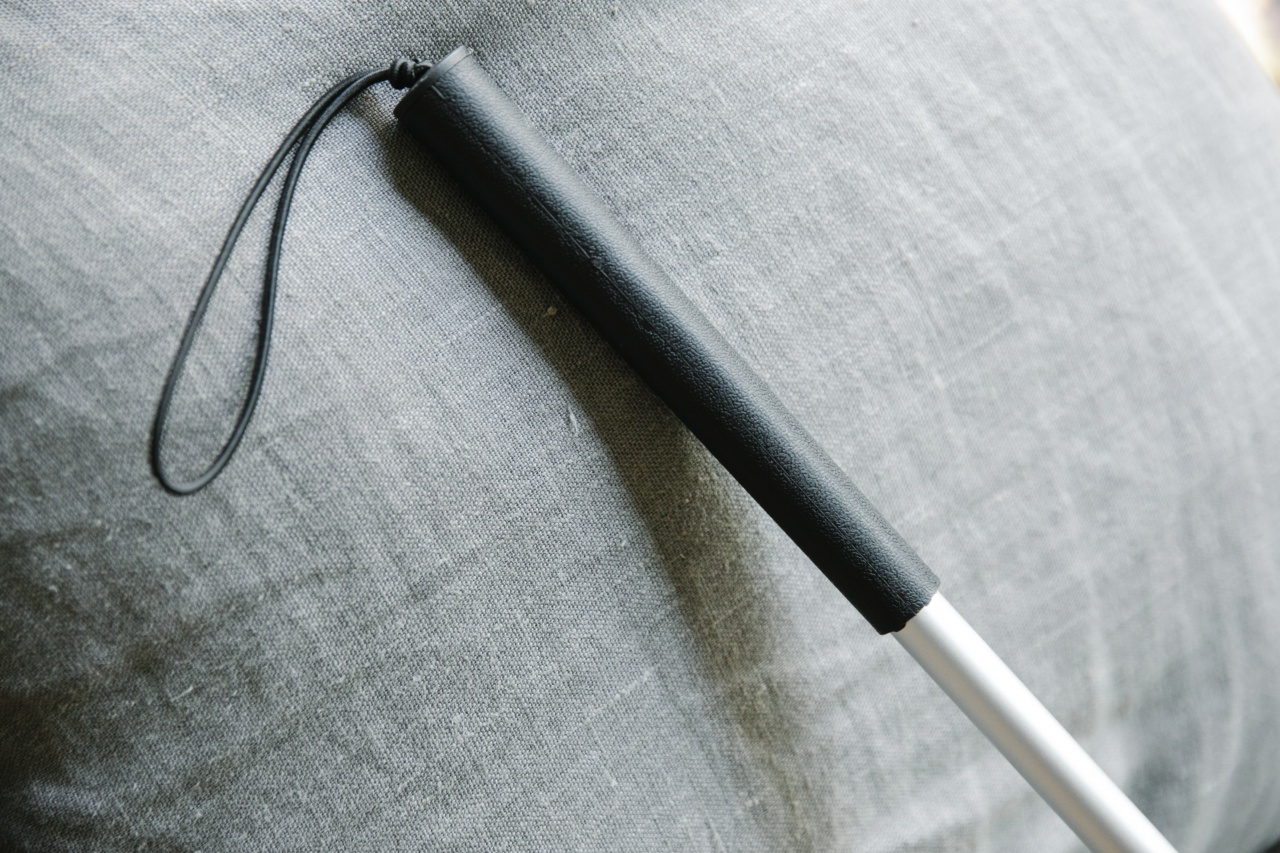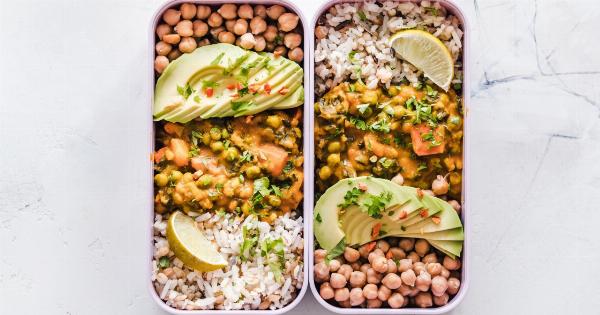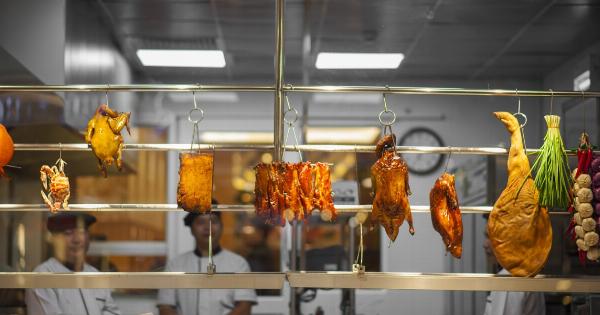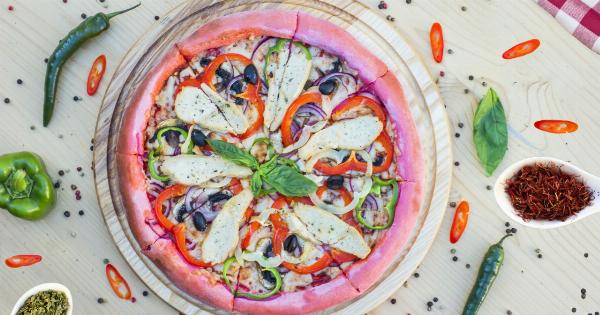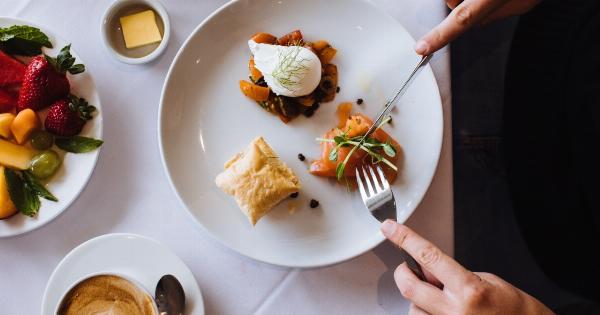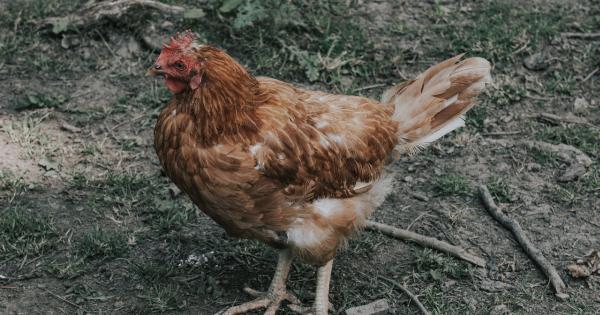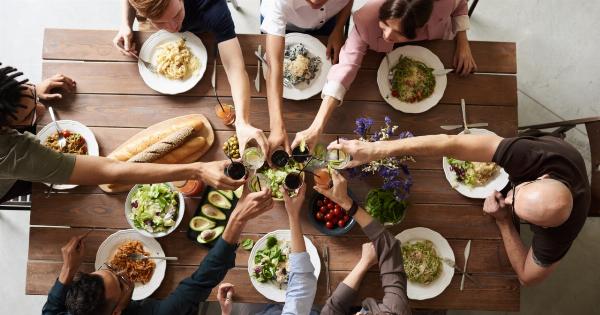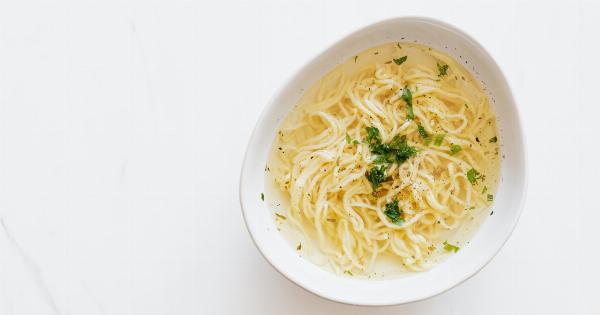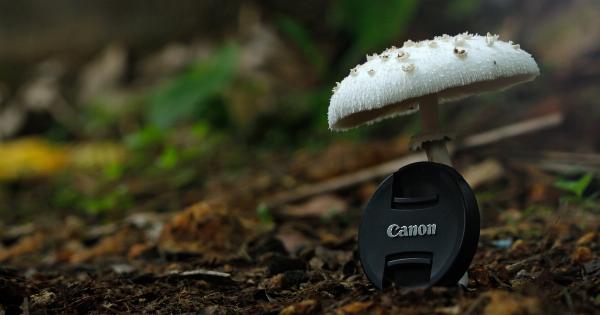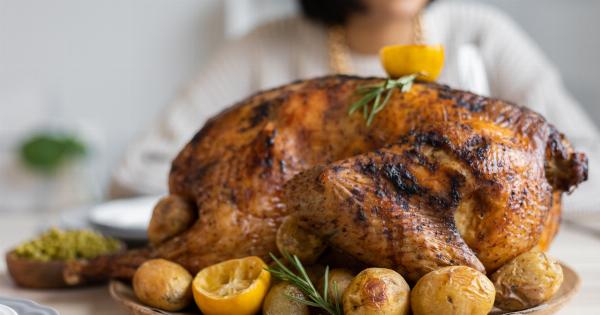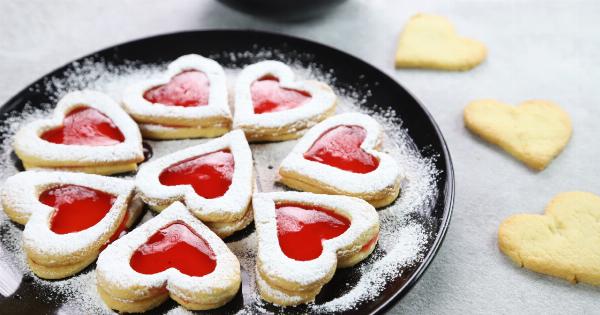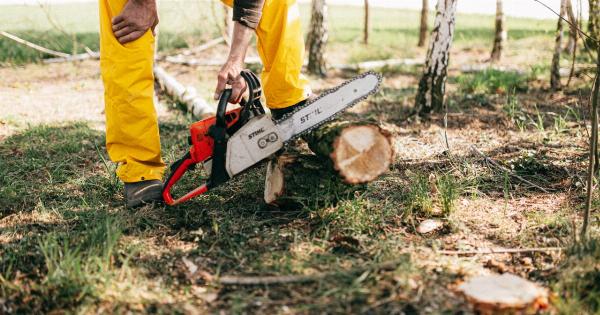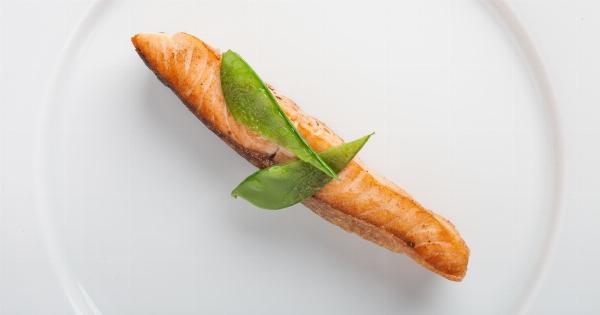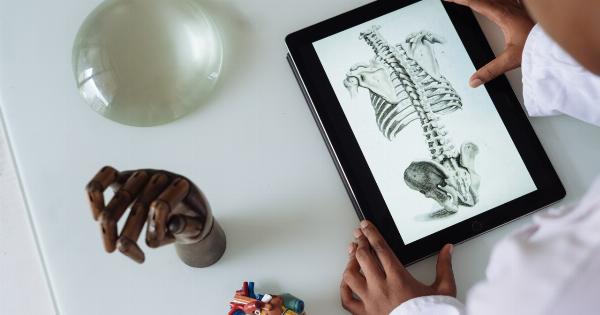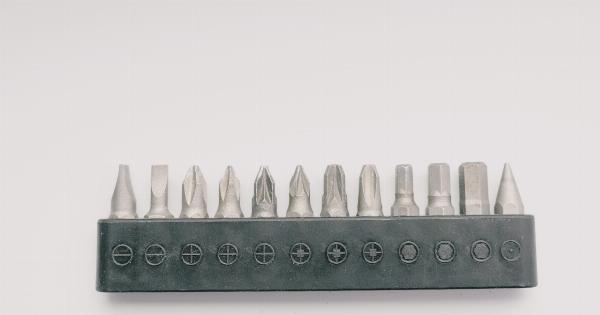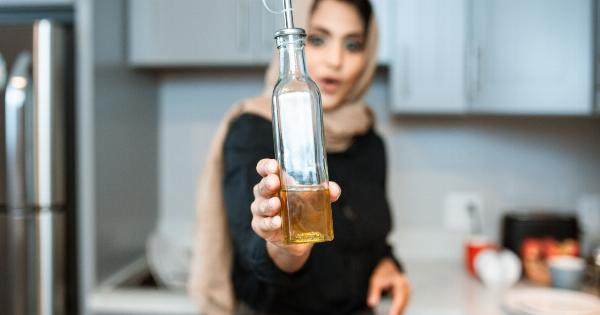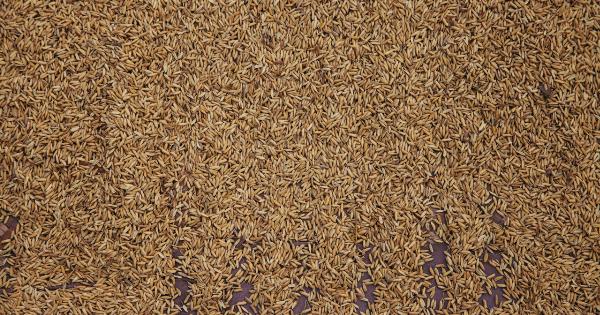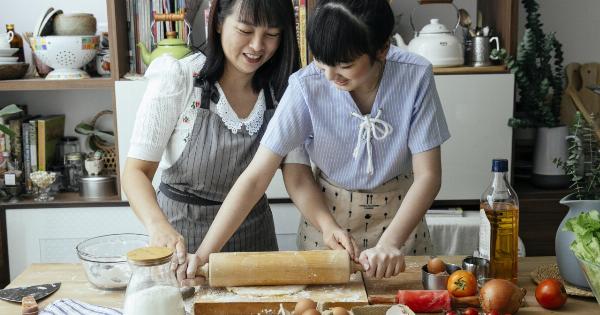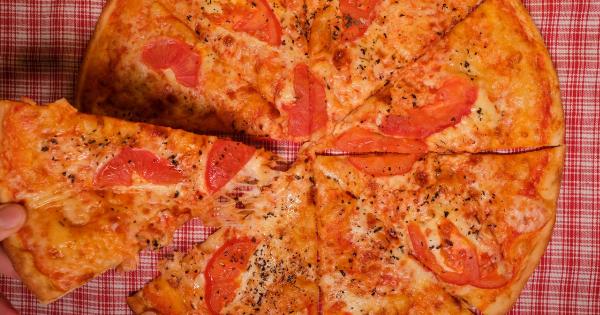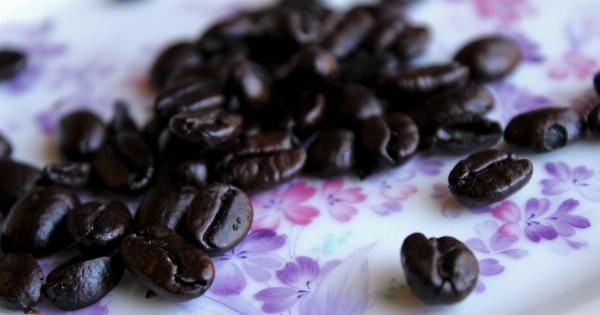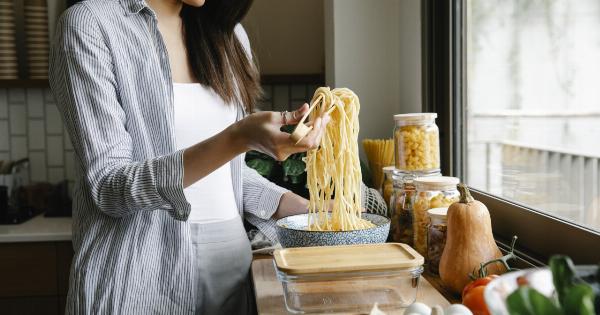Whether you’re a seasoned chef or a beginner in the kitchen, knowing how to handle panads like a pro can take your cooking skills to the next level.
Panads, a combination of the words “pan” and “goods,” refer to any delicious dish that is cooked on a stovetop using a frying pan or skillet. From perfectly seared steaks to fluffy omelettes, panads offer a wide range of culinary possibilities.
Why Panads?
Pan cooking is a versatile technique that allows for precise heat control and quick cooking times. By using the proper equipment and following a few essential tips, you can achieve restaurant-quality results from the comfort of your own kitchen.
This comprehensive guide will walk you through the fundamentals of pan cooking, providing step-by-step instructions and helpful visual aids to ensure success in the kitchen.
Choosing the Right Pan
When it comes to pan cooking, selecting the right pan is crucial. Different recipes may call for different types of pans, but a high-quality skillet or frying pan with a non-stick surface is an essential tool in any cook’s arsenal.
A non-stick pan prevents ingredients from sticking to the bottom, making it easier to cook delicate items such as fish or scrambled eggs.
Additionally, you’ll want to consider the size of the pan. The diameter of the pan should match the size of the burner or heating element on your stovetop, ensuring even heat distribution across the entire cooking surface.
A pan that is too small may cause overcrowding and prevent proper browning or searing of the ingredients.
Preheating the Pan
Before you start cooking, it’s important to preheat the pan properly. Preheating allows the pan to reach the desired temperature and ensures even cooking.
Place the pan on the stovetop over medium heat for a few minutes until it becomes hot to the touch. To test if the pan is ready, add a few drops of water to the surface. If the water evaporates almost instantly, the pan is preheated and ready for use.
The Art of Searing
Searing is a technique used to create a flavorful crust on the surface of meat, poultry, or fish. To achieve a perfect sear, start by drying the surface of the ingredient with a paper towel to remove excess moisture.
Season the ingredient with salt and pepper or your preferred spices, then carefully place it into the hot pan, ensuring it makes full contact with the cooking surface.
For optimal results, avoid overcrowding the pan. Cook the ingredient undisturbed for a few minutes until a golden brown crust develops. Flip the ingredient using tongs or a spatula and repeat the process on the other side.
Remember, a good sear enhances both the flavor and appearance of your panads.
The Importance of Temperature Control
Controlling the heat is a critical aspect of pan cooking. Adjusting the temperature allows you to achieve the desired level of doneness and prevents overcooking or burning.
For delicate ingredients, such as seafood or vegetables, medium heat is usually sufficient to cook them evenly without scorching the exterior.
For heartier cuts of meat that require longer cooking times, start with high heat to sear the surface, then reduce the heat to medium or low and continue cooking until the internal temperature reaches the desired doneness.
Using a meat thermometer can help ensure perfect results every time.
Adding Flavorful Layers
One of the advantages of pan cooking is the ability to create layers of flavor. After searing the main ingredient, you can add complementary ingredients to the pan, such as onions, garlic, or herbs.
These flavor enhancers infuse your panads with depth and complexity, elevating the overall taste of the dish.
Saute the additional ingredients in the same pan, allowing them to cook until fragrant and softened. Stir occasionally to prevent sticking or burning.
Once the ingredients have melded together, you can deglaze the pan with a liquid such as wine, broth, or vinegar, scraping up any flavorful brown bits from the bottom. This process adds a rich, concentrated sauce to your panads.
Mastering Pan Flip Techniques
Some panads require flipping to achieve an even cook on both sides. While it may seem intimidating at first, mastering the art of the pan flip can be quite rewarding. The key to a successful flip is confidence and a well-greased pan.
Before attempting a flip, ensure that your pan and the ingredients are properly greased with oil or butter to prevent sticking. Carefully slide a spatula or the edge of a utensil under the panads, lifting it slightly off the surface of the pan.
With a confident yet gentle motion, flip the panads in one quick motion, guiding it back into the pan. Practice makes perfect, so don’t be discouraged if it takes a few tries before achieving a flawless flip.
The Versatility of Pan Cooking
Pan cooking opens up a world of culinary possibilities. From breakfast classics like fluffy pancakes and crispy bacon to elegant dinner options like seared scallops or juicy filet mignon, the versatility of panads is truly remarkable.
With the right techniques and a bit of creativity, you can create an array of delicious dishes that will impress family and friends.
Cleaning and Maintenance
Proper cleaning and maintenance of your pans are essential in ensuring their longevity and performance. After each use, allow the pan to cool completely before washing it with warm, soapy water.
Avoid using abrasive sponges or harsh cleaning agents that can damage the non-stick coating.
If any food particles are stubborn and won’t come off, you can use a gentle scrub brush or a paste made from baking soda and water to help loosen them. Rinse the pan thoroughly and dry it with a soft cloth or paper towel.
Proper storage, such as placing a protective liner between pans, will prevent scratches and maintain the non-stick surface.
Experiment and Enjoy the Journey
Pan cooking is not only about following recipes but also about exploring and experimenting with different flavors and techniques.
As you become more comfortable with panads, don’t be afraid to adapt recipes to your taste preferences, using seasonal ingredients and inventive combinations.
Remember, the joy of cooking lies in the process as much as the final result. Embrace the journey, make mistakes, and learn from them.
With practice, patience, and this comprehensive guide as your companion, you’ll soon be handling and mastering panads like a seasoned pro.
